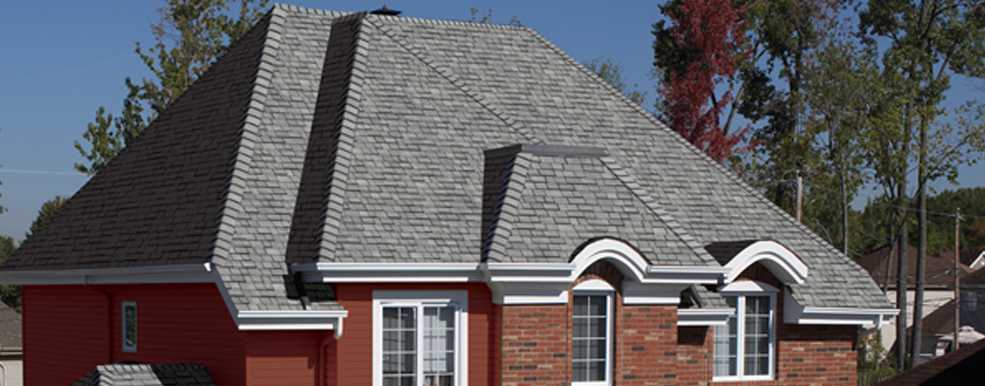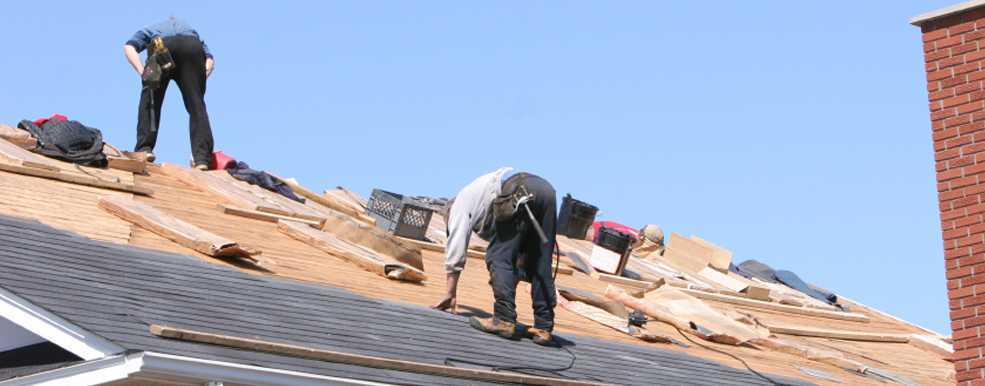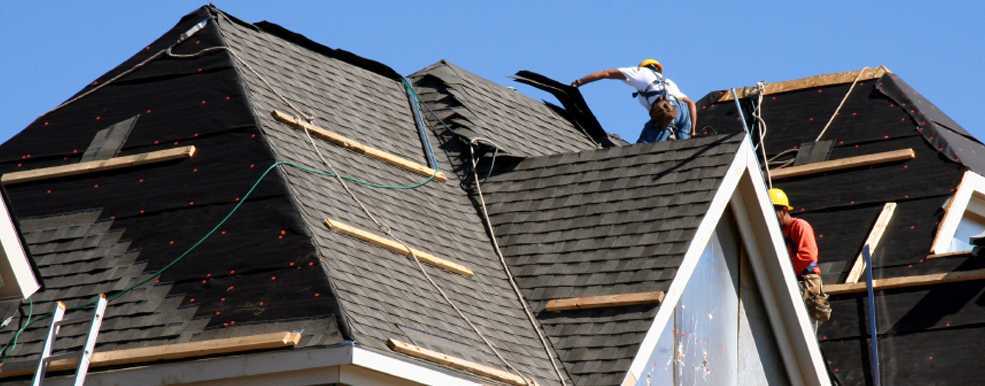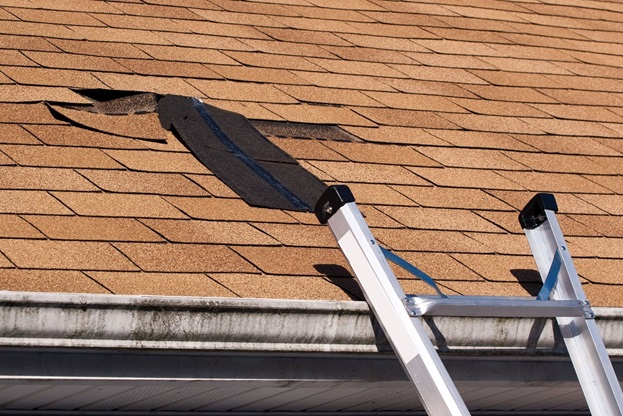
How often do you look at your roof … for many people, it’s out of sight out of mind. You don’t even think about your roof until water starts pouring in from your ceiling!
But having your roof inspected professionally and doing roof repairs along the way can save you a lot of money in the long run.
To check if your roof is damaged, you can start out in the attic with a flashlight.
- Is the roof sagging?
- Is the roof leaking?
- Can you see the light from outside?
- Do you see any droppings or nests from birds, rodents, skunks or bats? Have they chewed through any wires in an effort to sharpen their teeth? Do you see any animal tracks or claw marks? Is there any evidence they are using tree branches, downspouts or gutters to get up and down the roof?
- Do you see any water damage on the ceiling of the attic? This is where you’ll spot it first – before it damages the dry wall in your indoor ceilings.
- Check the underside of the chimney and the stack vent for any pinhole spots of light.
Now it’s time to get out a pair of binoculars to assess any problems on the outside of the house or climb on a ladder and walk around your roof (very carefully!).
- Shingles. Shingles can only protect your roof if they are intact. Check to see if there are any shingles lifting up, cracked, missing or curled up. Watch out for an excessive amount of shingle granules (they look like large grains of sand) in the gutters — this is a sign of too much wear and tear. If your roof is wood, look for any sign of termites or carpenter ants and moisture or mold. Missing shingles should be replaced as soon as possible and loose shingles sealed with flashing cement.
- Flashings. Flashing is a layer of metal sheeting, usually made from copper, tin or aluminum, installed at an angle or joint in your roof, which prevents water from breaching the roof. Flashings located around the skylights, valleys, eaves, rakes and chimneys can all be damaged by separated, lifted or dried out caulking. The flashing details can lift and separate from expansion and contraction. Expansion and contraction will cause fasteners to become loose and the bottom flashing flange to lift, causing water to enter.
- Gutters. Are the downspouts and gutters firmly attached and free of debris? If not, you may need your gutters cleaned.
- Severe weather. After any large snowfall or hailstorm, check your roof for any bruising and wear. Hail stones can destroy both your siding and roof, but repairs or replacement are often covered by your homeowner’s insurance. Look for circular bruising between shingles, half circle bruising at the bottom edge of shingles, and irregular bruising on the face of the shingle.
Don’t wait until water is unexpectedly pouring into your home by way of a leaky roof. Start protecting your home by using your simple observation skills.
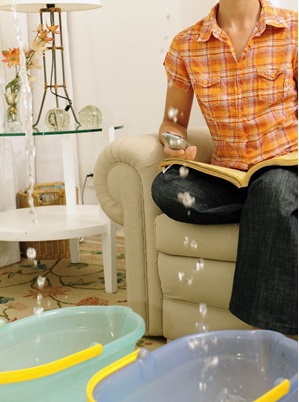
If you find problems, it doesn’t necessarily mean you need to replace your roof. Many roof repairs can be made before a new roof is necessary. Some wear and tear is inevitable depending on the age of your roof.
Having a roof over your head is an essential in life – like food and water. It will keep your family safe, from the elements – sun, snow, wind and rain. At The Cutting Edge Roofing, we’ll make sure your investment is protected. The owner, Robert Landry, will come out and do a free consultation/estimate himself. That’s because every customer – whether residential or commercial is important to us. With 26 years in business, we are keenly familiar in dealing with contractors, insurance adjusters, owners and more. Call us today in Durham (416-607-6376) or Toronto at (905-686-9977). Or email us at info@thecuttingedgeroofing.com.
About the Author
Robert Landry is co-owner/partner of The Cutting Edge Roofing in Pickering, Ontario, Canada. Robert has more than 25 years’ experience in the commercial and residential roofing industry and has led the company to its current status as an award-winning roofing provider with a Best of 2012 Homestar Award in the Roofing Division. He is avid ice hockey fan and enjoys spending his free time with his family.








